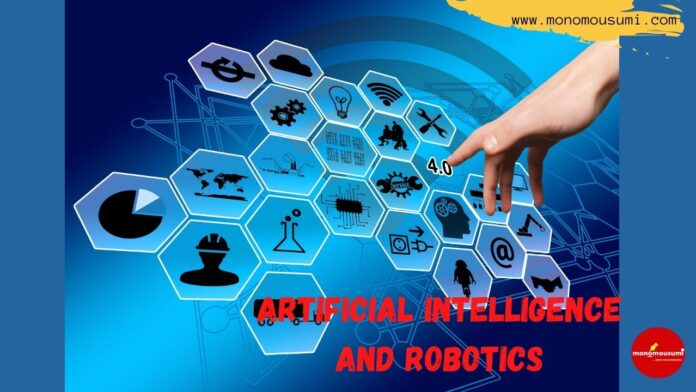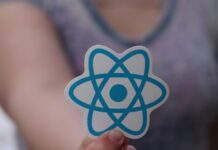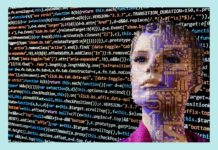Just imagine that you are living in the year 2047 when we are completing 100 years of independence for our country. Technology in India has changed completely. When you wake up in the morning and stop your alarm, your geezer starts warming water. Once you come out of the bathroom, your coffee maker starts preparing your coffee and the toaster starts toasting sandwiches for you. Once you leave for your office the doors of your home get automatically locked and all the electric equipment turns off. During your journey to the office, traffic lights work in such a manner that once you cross one signal and reach the next, it greens automatically. After reaching the office, you find your personal assistant, a humanoid who tells you about your meetings and all the activities. After finishing your work once you get tired and cannot drive, your autonomous vehicle brings you home safely.
To make all these things possible in 2047, India needs to step in today (~25 years earlier) in Artificial Intelligence (AI) and Robotics. So, first of all, let us be familiar with the terms like AI and Robotics. AI is the replica of human intelligence demonstrated by machines to solve a particular problem. Machine Learning is the subset of AI that uses statistical techniques that enable machines to improve with experience. Machine learning further has a subset – ‘Deep Learning’ which uses deep artificial neural networks that learn, adapt, and train themselves to perform a task through the exposure of a vast amount of data. Robotics on the other hand refers to designing, constructing, and use of machines or robots to perform a variety of tasks. Advanced robotics uses the power of AI to create artificially intelligent robots that can make decisions through logical reasoning.
In the development journey of India, AI and Robotics can transform almost all the corners. First, for political transformation, AI can provide tools to bring efficiency to the functioning of government officials. It can send timely reminders for the pending tasks and set a priority for the same. It can help the judiciary to look into the cases which have not been heard for years. It can help them in the allocation of cases to the right benches. By increasing transparency, it can reduce corruption in the government machinery. It will help the government to monitor the performance of projects for which funds were allocated. Second, for economic transformation, AI and Robotics can reduce business costs through automation. For e.g. Use of a Chatbot can reduce the cost a company incurred on customer service professionals. It has the potential to bring another industrial revolution, Industry 4.0, along with some advanced technologies such as Big data, Internet-of-things, Block-Chain, Virtual, Augmented, and Mixed Realities. AI is benefiting the digital advertising companies at a large scale in their overall algorithms framework that allows them to serve an ad and optimize its performance. In the construction sector, artificially intelligent robots can reduce human hazards. Third, for social transformation, AI and robotics can improve the quality of life. In healthcare, the shortage of doctors can be compensated by AI-backed tools. Robotic surgeries can be done for more precision. AI and
Robotics can also help in pharmaceutical research and drug formulations where high accuracy is required. In the education sector, AI can enable personalized learning with student-specific feedback. It can enable remote learning for those students who can not come to big cities for education. It can help to design engaging learning content to attract more and more students to study. It can help in developing basic literacy and numeracy among small children and reducing learning poverty. In agriculture, AI can help the farmers in deciding the best crop for their environmental conditions, providing them with regular smart weather updates, helping them to access agricultural inputs, and to find the market for selling their produce. In daily lifestyles, AI-powered devices and apps such as Alexa, Siri, Cortana, Ok Google are enriching the ease of living. Fourth, for transformation in defense, AI and robotics can contribute towards national security through unmanned aerial surveillance vehicles. Robots can be used for dismantling bombs and can reduce casualties. Robots can also be useful in relief and rehabilitation during a disaster. For police, AI can help in the prevention and detection of crimes and the identification of criminals.
The use of AI and Robotics has some constraints too as these are still evolving. One of the prime concerns is the violation of the Right to Privacy of citizens under Article 21 of our constitution as the manufacturer of AI products will have full control over the users’ data. The other concern which comes to everyone’s mind is the loss of traditional jobs. India being the labor surplus economy may not afford highly capital intensive industries powered by advanced technologies.
In the 1990s as well, the people in India had similar apprehensions about the job loss when computers were being introduced in India at a large scale by a young Prime Minister of India, Rajiv Gandhi. Initially, the use of computers sent a few out of their jobs but during the course of time, the use of computers made India the Information Technology (IT) superpower in the world. If computers were not introduced at that time, the Chief Executive Officers (CEOs) of top multinational companies would not be Indian. There would not be Indian IT companies among the world’s top-ranking list and India would not be able to keep a trade surplus for IT products. Therefore, It is the right time when India needs to work for AI infrastructure in a stepwise manner considering the benefits and challenges associated with it.
By Ravindra Kumar
Write and Win: Participate in Creative writing Contest & International Essay Contest and win fabulous prizes.
















